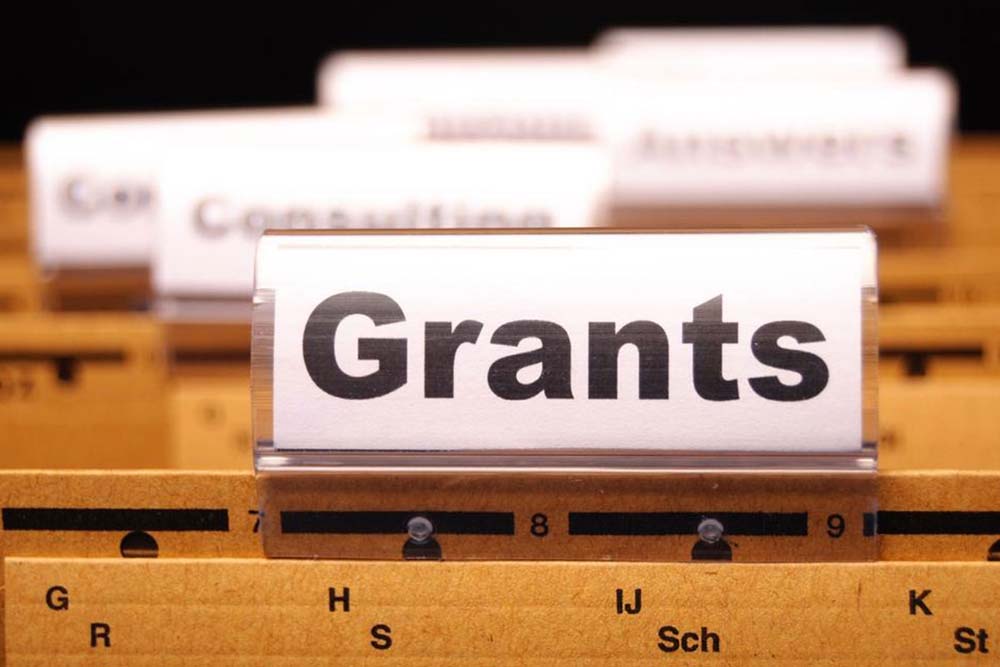Comprehensive Guide to Navigating Federal Grant Programs and Their Application Process
This comprehensive guide explores the entire federal grant application process, from understanding the lifecycle and eligibility requirements to submitting compelling proposals and managing awarded funds. It aims to help organizations navigate the complex landscape of federal funding effectively, improving their chances for success and sustainable project implementation.

Comprehensive Guide to Navigating Federal Grant Programs and Their Application Process
Federal grants represent a vital source of funding provided by the United States government, aimed at supporting a wide array of public projects that foster community development, innovation, and economic growth. These grants are pivotal for organizations ranging from educational institutions and research centers to non-profit entities and local governments, enabling them to achieve impactful goals without the burden of repayment. Understanding the intricacies of federal grants, including their lifecycle, eligibility criteria, and application procedures, is essential for any organization or individual seeking financial support for their initiatives.
In essence, federal grants are financial aids that are awarded to qualified applicants to carry out specific projects aligned with governmental priorities. They cover diverse sectors such as disaster relief, scientific research, infrastructure development, health services, education, and more. These programs are systematically listed in the Catalog of Federal Domestic Assistance (CFDA), which serves as an extensive database offering detailed descriptions of available funding opportunities. Mastering the federal grant process can significantly increase the likelihood of success by ensuring compliance with all requirements and deadlines.
Understanding the grant lifecycle—comprising the key phases from announcement to project closeout—is crucial for applicants. Recognizing each stage allows applicants to plan effectively, prepare comprehensive proposals, and adhere to compliance standards, thereby enhancing their chances of securing funding. This detailed guide delves into each aspect of the federal grant process, providing insights and tips to navigate the complex landscape efficiently.
The lifecycle of a federal grant can be broadly categorized into three main phases, with each requiring meticulous planning and execution:
Pre-Award Stage: This initial phase involves disseminating funding opportunities via official channels, advertising grants, and inviting applications. During this time, applicants should carefully review funding announcements, gather necessary documentation, and prepare proposals that align with the specified objectives and criteria. The evaluation process also occurs during this stage, where agencies assess applications based on merit, compliance, and feasibility.
Award Stage: Once the evaluation is complete, agencies make decisions and notify successful applicants. This includes awarding grants through formal agreements that outline the scope, expectations, and compliance requirements. Successful applicants must review and accept the terms, sometimes negotiating conditions before the formal award is finalized. Transparency and clear communication are vital here to ensure mutual understanding of the project deliverables.
Post-Award Stage: After receiving funding, grantees embark on implementing their projects as per the approved proposal. This stage involves ongoing management, progress reporting, and financial tracking. Grantees are expected to submit regular performance reports and financial statements to demonstrate compliance and progress. Federal agencies reserve the right to conduct site visits to verify activities, assess progress, and ensure proper fund utilization. At project completion, final reports and audit documentation must be submitted to close out the grant successfully.
Successfully navigating the federal grant landscape requires strategic planning, meticulous adherence to guidelines, and proactive communication with agency officials. Here are essential steps to improve your chances of obtaining federal funding:
Research and Preparation: Understand the scope of available grants, their objectives, and eligibility requirements. Reviewing previously funded projects can provide insights into what agencies seek.
Eligibility Verification: Ensure you meet all eligibility criteria before applying to avoid wasting time on unsuitable opportunities. Criteria may include organizational size, type, geographic location, and purpose of the project.
Proposal Development: Craft a compelling proposal that clearly defines your project goals, methodology, budget, and expected outcomes. Follow application instructions meticulously and submit all required documentation.
Monitoring and Follow-Up: Track your application status, prepare for potential interviews or clarifications, and respond promptly to agency inquiries.
Compliance and Reporting: Once awarded, adhere strictly to reporting schedules, budget restrictions, and project milestones to maintain good standing and future funding opportunities.
While federal grants offer excellent funding opportunities, they also come with strict compliance and reporting obligations. Applicants should be prepared to demonstrate transparency and accountability throughout the project lifecycle. The benefits of securing a federal grant can be substantial, providing critical support for innovative projects and community initiatives. By understanding each phase—from idea conception to project completion—and preparing efficiently, applicants can improve their chances of success and contribute meaningfully to public development efforts.




